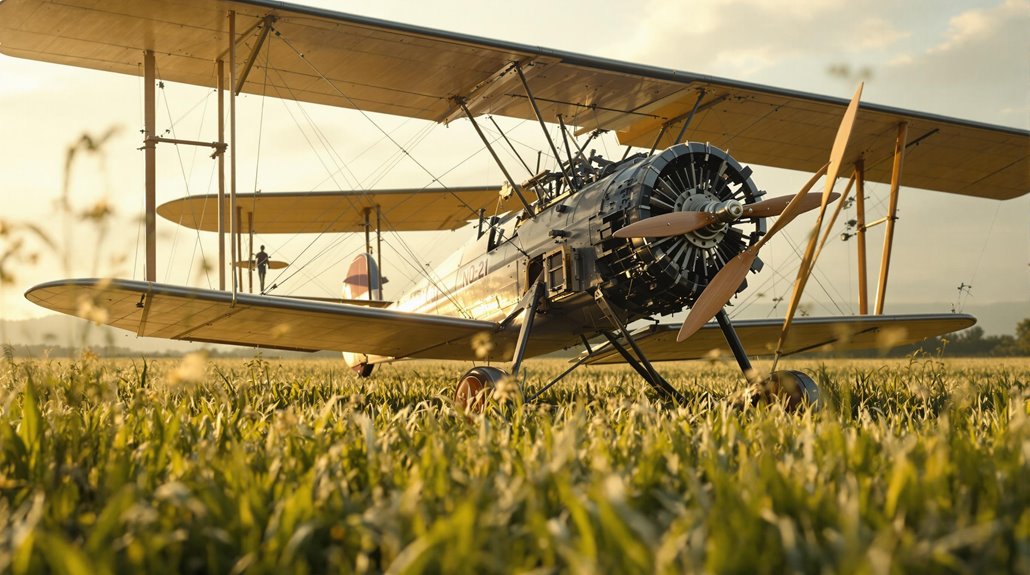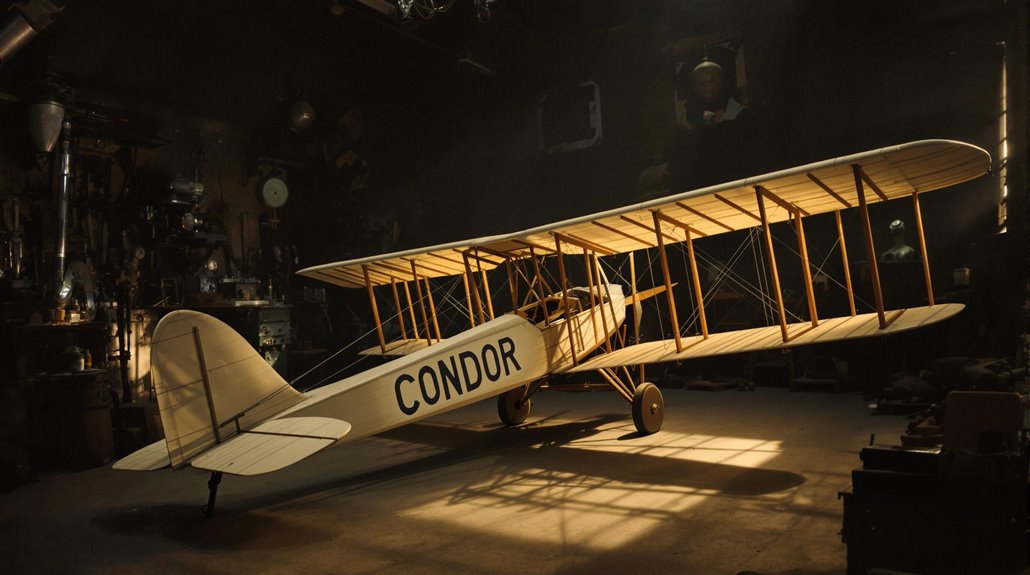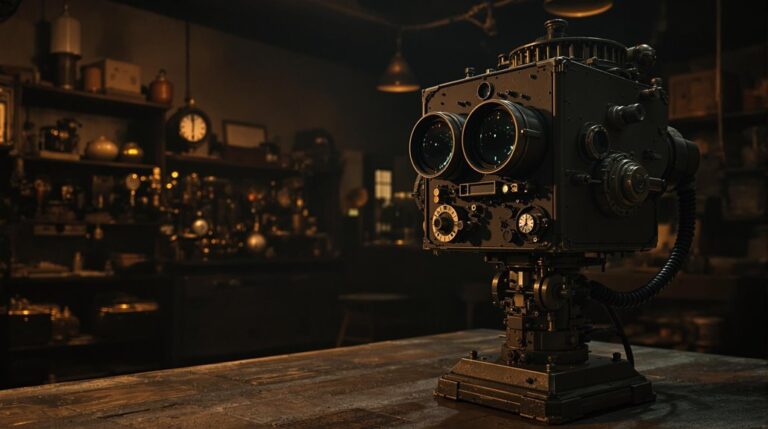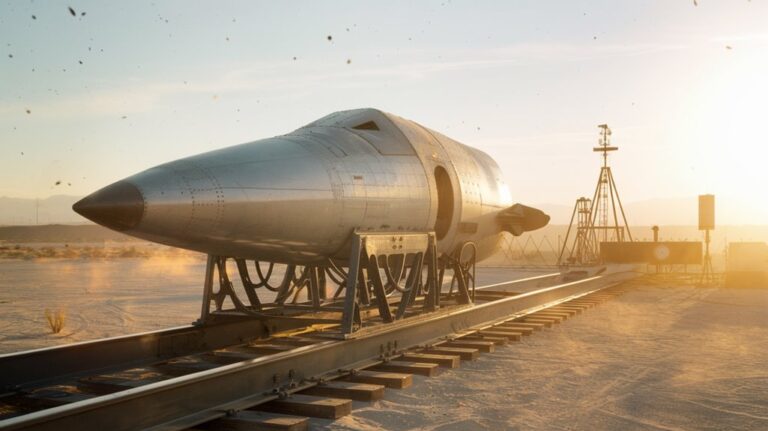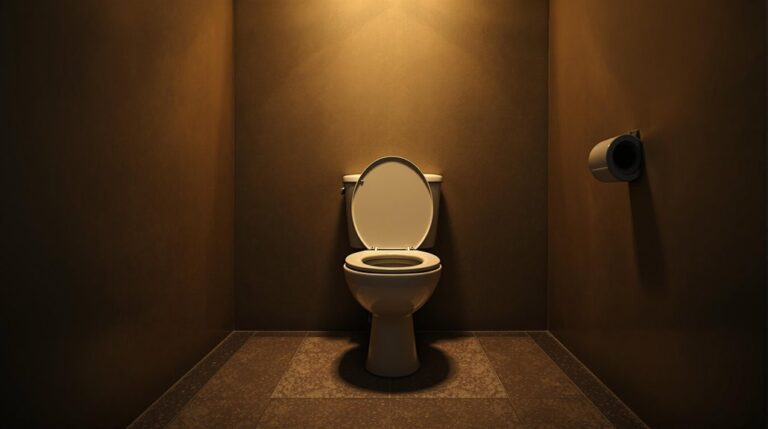Could Gustave Whitehead Really Have Beaten the Wrights to the Sky?
Over 85% of aviation history textbooks never mention Gustave Whitehead's claimed first flight. You've probably heard about the Wright brothers' historic achievement at Kitty Hawk, but the story of who first conquered powered flight isn't as clear-cut as you might think. As new evidence continues to surface and historians re-examine century-old testimonies, you'll find yourself questioning whether December 17, 1903, truly marked humanity's first powered flight, or if an immigrant inventor in Connecticut beat the famous brothers to the sky.
The Controversial Flight of August 14, 1901
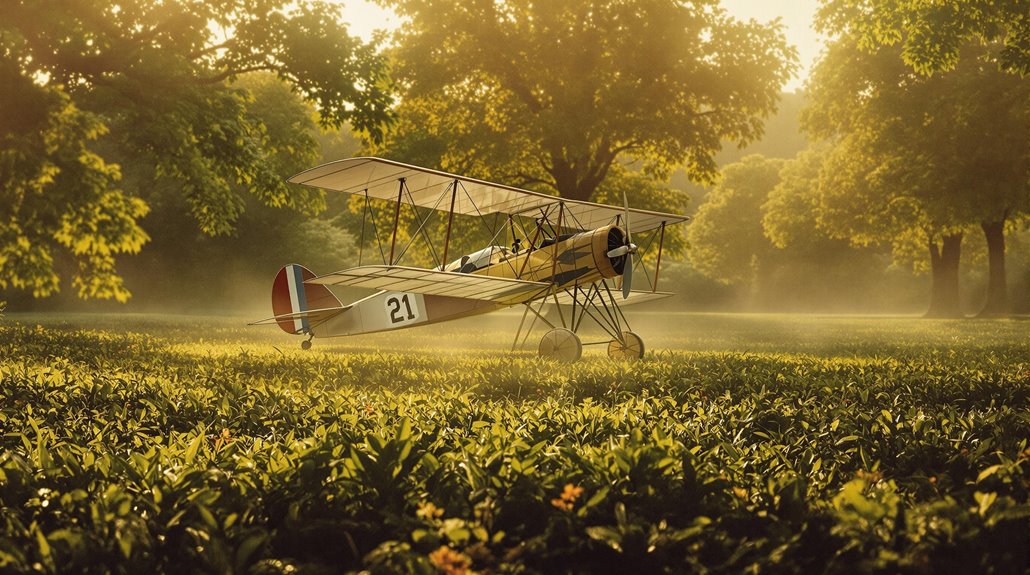
While the Wright brothers are widely credited with the first powered flight in 1903, a lesser-known aviator named Gustave Whitehead claimed to achieve powered flight more than two years earlier.
According to the Bridgeport Herald's August 18, 1901 article, Whitehead piloted his No. 21 aircraft to a height of 50 feet for half a mile on August 14. The flight specifications of his monoplane were impressive: a 36-foot wingspan with bamboo ribs and silk covering, powered by two engines and featuring counter-rotating propellers.
Before achieving this feat, Whitehead had gained valuable experience while working as a mechanic in Boston with the Boston Aeronautical Society.
The media coverage spread as multiple newspapers across the country reprinted the Herald's account, which included a line drawing of the aircraft in flight.
However, the lack of photographic evidence and inconsistencies in eyewitness accounts have fueled an ongoing debate about whether this historic flight actually occurred. In 2013, Jane's All the World's Aircraft formally acknowledged Whitehead as achieving the first successful powered flight, adding credibility to his claims.
Examining the Eyewitness Accounts
How reliable are the eyewitness accounts of Whitehead's alleged 1901 flight? The passage of time between the events and witness interviews raises significant questions about witness reliability. When researchers collected statements in the 1930s, over three decades had passed since the reported flights.
Key challenges with the accounts include:
- Multiple witnesses described varying flight distances and altitudes
- James Dickie, initially supportive, later denied seeing any flights
- Account discrepancies emerged regarding specific dates and details
- Many interviews were conducted by pro-Whitehead researchers
The first reported successful flight appeared in the Bridgeport Herald newspaper, detailing his achievement on August 14, 1901.
While 20 out of 30 witnesses interviewed by O'Dwyer claimed to have seen Whitehead fly, the lack of immediate documentation and possible influence of local pride complicate the testimony's credibility.
Major William J. O'Dwyer's discovery of photographs in 1963 provided additional evidence supporting Whitehead's claims.
The absence of neutral observers and experts from 1901 further clouds the historical record.
Whitehead's Technical Expertise and Background
Gustave Whitehead's technical credentials challenge the notion that he was merely an amateur inventor.
You'll find his formal training as an engine-builder in Germany, coupled with his experience at M.A.N., provided him with solid engineering principles. His expertise spanned working with various materials including wood, metal, and fabric – essential skills for early aircraft construction.
Beyond his mechanical background, Whitehead made significant aviation innovations. He constructed over 30 different aircraft designs and developed lightweight engines specifically for flying machines. His iconic Number 21 aircraft achieved a remarkable 1.5-mile flight in August 1901. John Brown's research has sparked renewed interest in examining these early flight claims.
His work included enclosed fuselages, proper wing characteristics, and movable horizontal tails for pitch control. As chief mechanic for the Boston Aeronautical Society and through his collaboration with James Means, Whitehead demonstrated a deep understanding of aeronautics, including bird flight studies and kite designs at Harvard's meteorological station.
The Wright Brothers' Documented Achievement
Documentation stands as the cornerstone of the Wright brothers' historic first powered flight. Their detailed records paint a clear picture of what happened on December 17, 1903, at Kill Devil Hills.
You'll find extensive Wright brothers' records through their notebooks, letters, and photographs, leaving no doubt about their achievement.
The flight documentation includes:
- Orville's detailed diary entry describing all four flights that day
- A historic photograph capturing the first flight in action
- Technical drawings and calculations preserved in their papers
- Extensive correspondence with engineer Octave Chanute
Their 16,500 pages of documentation provide exhaustive evidence of their pioneering aviation work.
Their scientific approach is evident in their meticulous documentation of wind tunnel experiments, engine development, and propeller design.
The evidence is so thorough that U.S. courts upheld their patents, and the Smithsonian Institution proudly displays the original Wright Flyer as proof of their groundbreaking achievement.
The first flight lasted just 12 seconds but marked the beginning of modern aviation.
The Battle for Historical Recognition
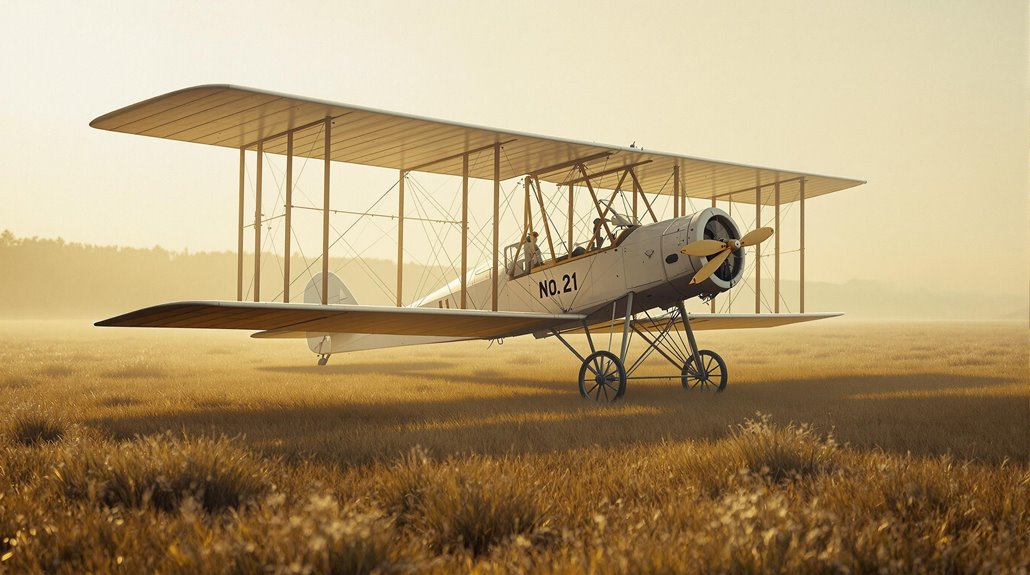
While the Wright brothers' achievement stands firmly documented, a fierce historical debate erupted when evidence emerged supporting Gustave Whitehead's earlier flight claims.
The controversy reached new heights in 2013 when Jane's All the World's Aircraft recognized Whitehead as the first to achieve powered flight, challenging the Wright brothers' historical significance in aviation legacy.
Connecticut's official recognition of Whitehead through state legislation further intensified the dispute.
Compelling witness testimonies and detailed witness statements and affidavits collected over decades have helped strengthen Whitehead's case.
Aviation historian Dr. Tom Crouch led the opposition by arguing that no substantial evidence exists to support Whitehead's claims of early flight.
You'll find the debate particularly complex due to the Smithsonian Institution's 1948 contract with the Wright estate, which requires them to credit the Wright brothers as first in flight or risk losing the Wright Flyer.
 older Chanute design rather than advancing his supposedly successful aircraft.
older Chanute design rather than advancing his supposedly successful aircraft.
This stands in sharp contrast to the Wright brothers' well-documented achievements, making it challenging for historians to definitively validate Whitehead's pioneering flight claims.
The debate intensified when the Scientific American magazine debunked Whitehead's claims, further complicating efforts to verify his aerial achievements.

